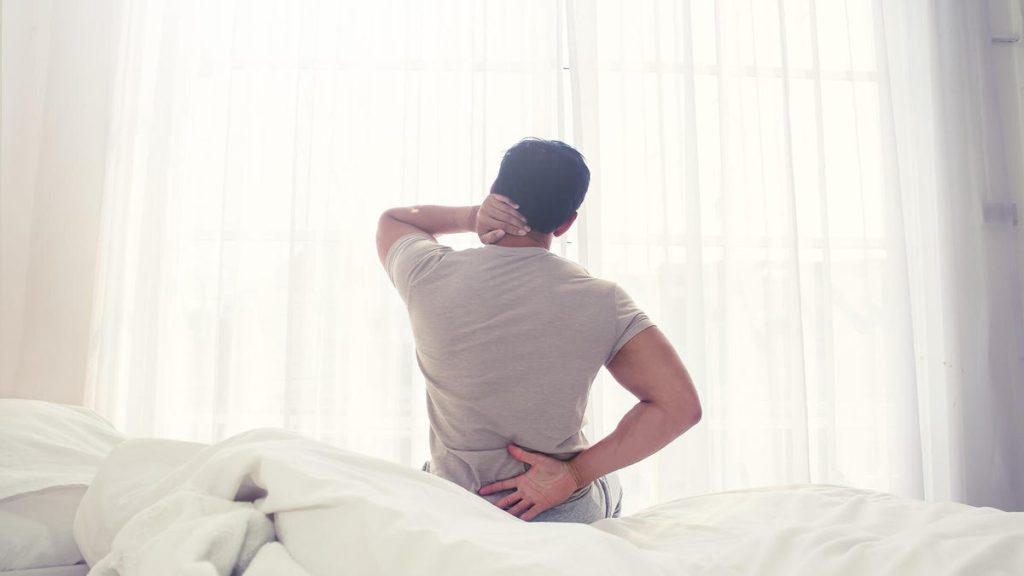A poor-quality mattress can significantly impact health, leading to pain and exacerbating existing conditions. Fortunately, health savings accounts (HSAs) and flexible spending accounts (FSAs) can sometimes be used to purchase a new mattress, offering a pre-tax way to address sleep-related health issues. However, using these accounts for a mattress purchase isn’t automatic; it requires demonstrating medical necessity.
While HSAs and FSAs generally don’t cover standard mattresses, they may cover specialized mattresses or those with features exceeding standard models for general health purposes. This requires a letter of medical necessity (LMN) from a medical professional. This LMN must outline the specific medical condition necessitating a specialized mattress and explain how a standard mattress fails to address the issue. Qualifying conditions can range from back pain and sleep disorders to allergies and other health issues impacting sleep. The LMN provides the justification for using pre-tax dollars for this typically non-covered expense.
The process for using HSA/FSA funds for a mattress varies depending on the manufacturer. Generally, it involves a few key steps: confirming eligibility, purchasing the mattress, and submitting a claim with the LMN. Companies like Sleep Number, Nectar, Avocado, DreamCloud, and Ghostbed have established processes for HSA/FSA purchases. Some require completing a health survey to pre-qualify for an LMN, while others require purchasing the mattress first and then completing the survey. Regardless of the specific process, obtaining the LMN is crucial for reimbursement or direct payment using HSA/FSA funds.
Sleep Number, for example, requires customers to purchase the mattress first, then complete a survey through their health advocacy partner, Truemed. Upon approval, Truemed provides the LMN for submission to the HSA/FSA provider. Nectar, on the other hand, allows customers to select “Pay with HSA/FSA” at checkout and then complete a qualifying health survey. Avocado uses a similar process, requiring a pre-qualifying survey before purchase. These varied approaches streamline the process for consumers while ensuring compliance with HSA/FSA regulations.
DreamCloud’s process mirrors Nectar’s, with the “Pay with HSA/FSA” option at checkout followed by an eligibility survey. Ghostbed also collaborates with Truemed, requiring customers to complete a health survey after purchase to obtain the LMN. These streamlined processes emphasize the importance of demonstrating medical need before using HSA/FSA funds. It’s important to note that simply experiencing discomfort with a current mattress isn’t typically sufficient justification; a demonstrable medical condition directly impacted by the mattress is usually required.
While obtaining an LMN might seem like extra effort, it’s crucial for utilizing HSA/FSA funds for a mattress purchase. These accounts offer significant tax advantages, enabling individuals to save money on eligible health-related expenses. The contribution limits for 2024 are $4,150 for individuals and $8,300 for families, with an additional $1,000 catch-up contribution for those 55 and older. However, any unused funds are forfeited at the end of the year, so it’s essential to use them wisely. If a new mattress is deemed medically necessary and you have available funds, using your HSA or FSA can significantly reduce the financial burden of this important purchase. If you’re uncertain about eligibility, consulting with a medical professional and the mattress retailer can help clarify the process and ensure you meet the necessary requirements.
Finally, if budget is a primary concern and obtaining HSA/FSA funding proves challenging, exploring more affordable mattress options is recommended. Several quality mattresses offer excellent value without the premium price tag. Researching different brands, materials, and features can help identify a comfortable and supportive mattress that fits within your budget. Online mattress retailers often offer competitive pricing and trial periods, allowing you to test the mattress before committing to a purchase. Prioritizing sleep health doesn’t necessarily require a top-of-the-line mattress; a well-chosen, budget-friendly option can still provide significant improvement in sleep quality and overall well-being.

